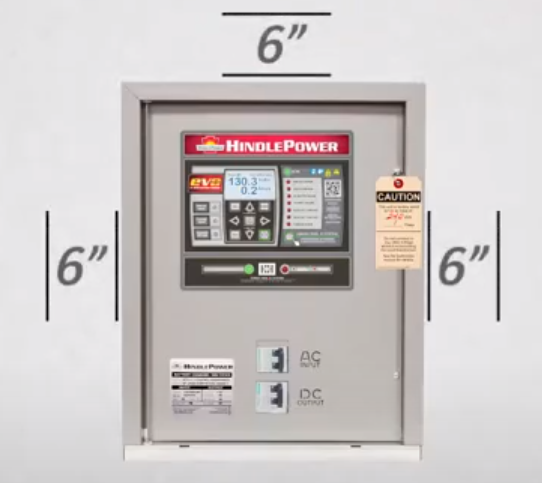

Last modified:
27 July 2023
Need more help with this?
Don’t hesitate to contact us here.


Need more help with this?
Don’t hesitate to contact us here.